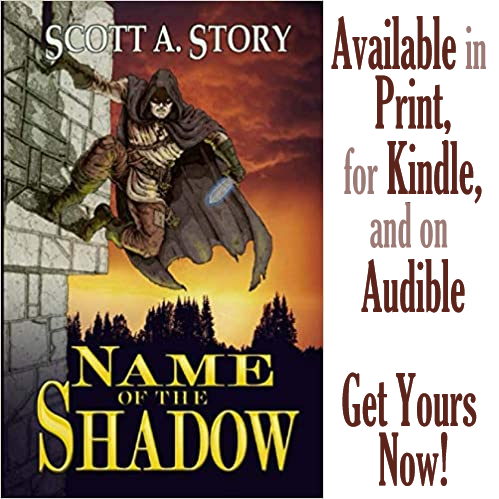Decorating Armor
Most armor in popular media is portrayed as shiny and unadorned, or, as they would have called it in period, “white” armor. How common this was in unsure, but armor could be docorated in many different ways, and white armor was probably more the exception that the rule.
For example, much like gunmetal may be blued today, armor could be heat-treated to form a tough oxide covering to help protect it from rusting and corrosion. The armor could be blackened,
blued (ranging from robin’s egg blue to midnight blue), or russetted (browned),
Armor could also be plated with other metals, such as gilding (gold), tin, or lattened (copper and zinc, resembling brass). Medievals didn’t have electroplating, but they used mercury solutions to accomplish this.
Armor was often painted with brash colors. It could also be enameled, etched, polished to a mirror finish, ingraved, and chased (inlayed) with other metals in attractive patterns.
Armor could be covered in cloth, which itself might be brightly colored and ornamented.
Armor wasn’t just for practical defense, but an indicator or social standing and authority. The reasons for decorating armor also could be practical. It helped protect it from the elements, hard use, and the wearer’s sweat.









Comments